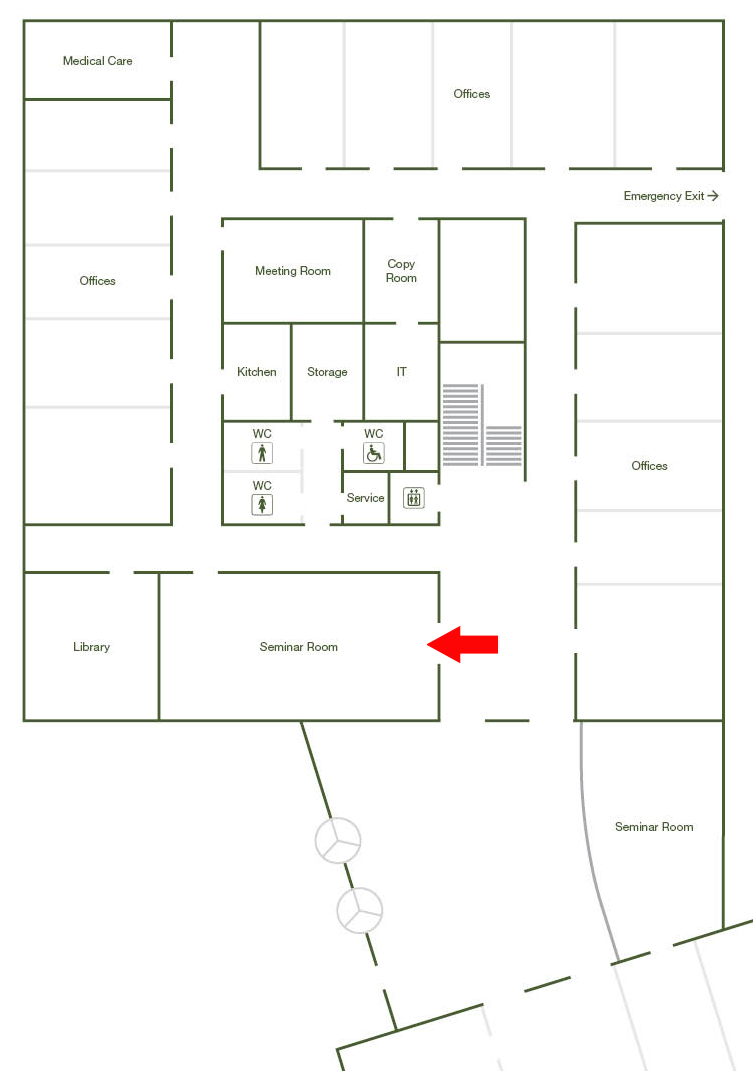Electron-Chiral-Phonon Interaction in 3d Ferromagnetic Metals

The first detection of the phonon spin [1, 2] in a magnetic insulator and observation ofits chiral behavior [3] in a semiconductor, have been made early this year. This bringsthe natural question: are chiral, spinful phonons naturally excited in pure metals and, ifso, how would they contribute to their electrical resistivities? In this talk, I presentevidence that this should be the case for the 3d ferromagnetic metals, and connect itsconsequence to a long-standing puzzle (dating back to the 50s) regarding the quantummechanicalexplanation of an anomaly observed in the electrical resistivity of iron,cobalt and nickel around liquid-helium temperatures. I propose a theory [4] which, withno fitting parameters, is able to explain the anomaly, with the extra gift of predicting theobserved spin-lattice relaxation times of these metals at room temperature. It rests on atype of correlated motion of the conduction electrons that I conjecture which, byinteraction with the angular-momentum reservoir provided by chiral phonons, allowsthem to find a channel for spin-flip transitions. Ideas relating this problem with theangulon theory including possible research avenues will be presented.
References:
[1] J. Holanda, et al., Detecting the phonon spin in magnon-phonon conversionexperiments, Nature Physics, https://doi.org/10.1038/s41567-018-0079-y (2018).
[2] M. B. Jungfleisch and A. Hoffmann, A new twist on phonons, Nature Physics,https://doi.org/10.1038/s41567-018-0104-1 (2018).
[3] H. Zhu et al., Observation of Chiral Phonons, Science 359, 579 (2018).[4] E. Solano-Carrillo, Chiral phonons and electrical resistivity of ferromagnetic metalsat low temperatures, to appear in Phys. Status Solidi B, (2018).